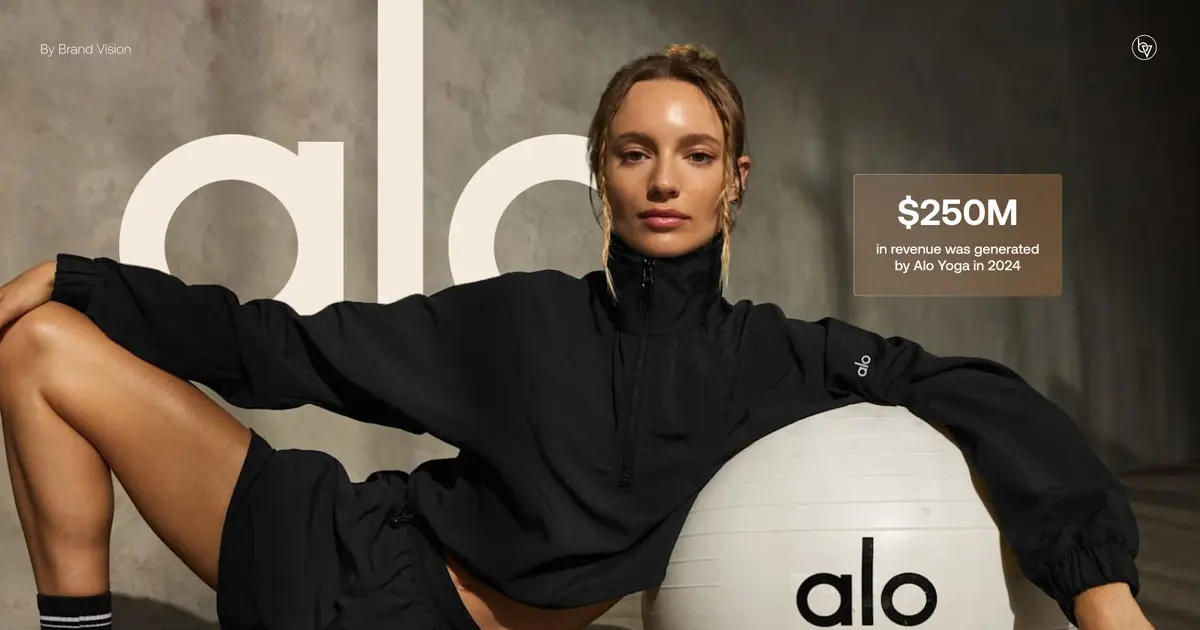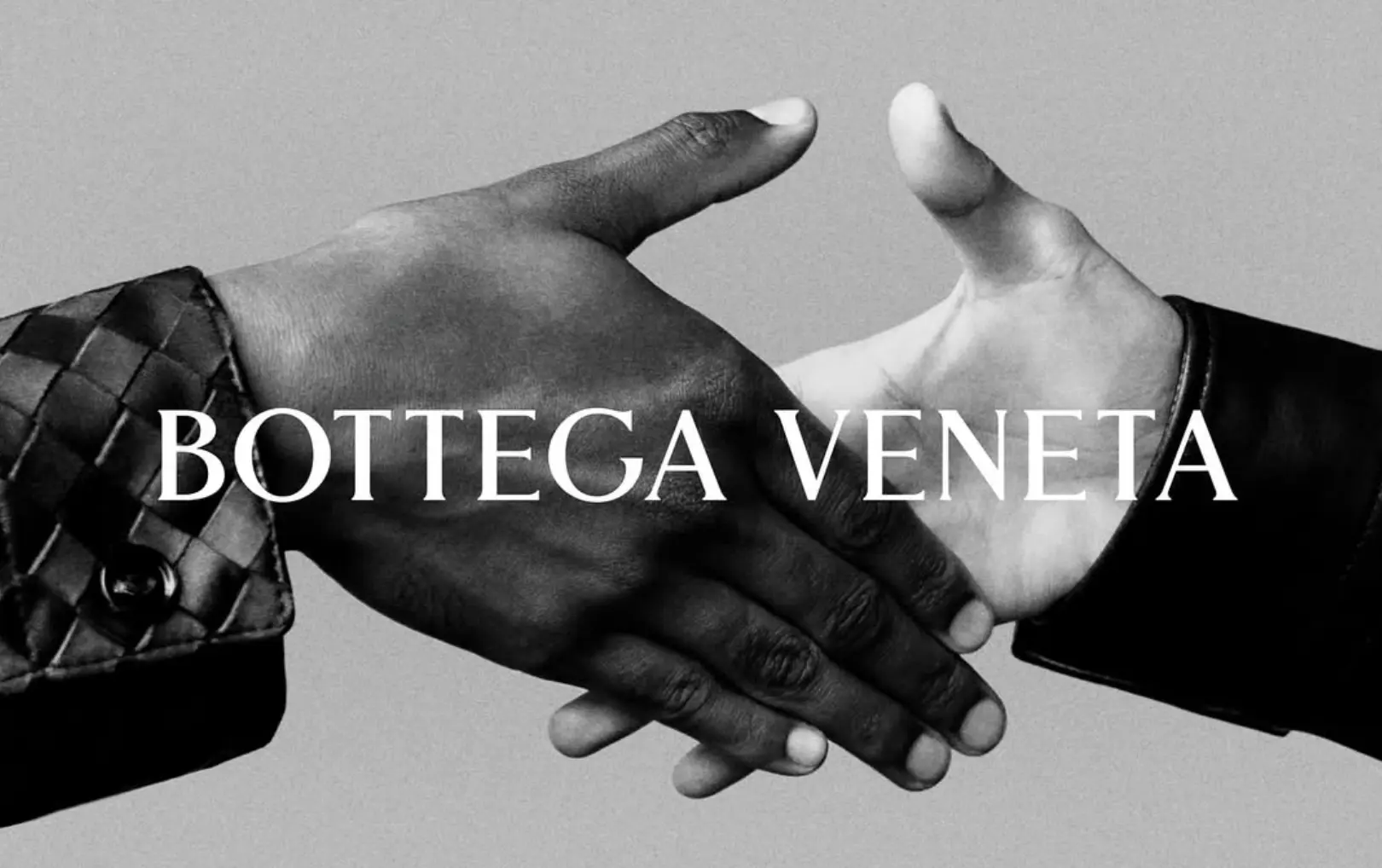The Marketing Strategy of Target in 2025: The Playbook of Target's Mass Appeal
Updated on
Published on

The marketing strategy of Target in 2025 is a coordinated system built around membership, programmed tentpoles, and cultural heat. Target’s marketing strategy ties Target Circle and Circle 360 to value storytelling, then scales seasonal Target marketing campaigns like Back-to-School-idays and Circle Week across stores, app, and media. Retail media (Roundel) and marketplace expansion (Target Plus) widen reach and fund sharper pricing, while Target collaborations—heritage capsules, designer drops, and fandom tie-ins—keep the brand in the conversation year-round. The result is a predictable, high-impact calendar that blends price leadership with style credibility and makes the marketing strategy of Target in 2025 both measurable and repeatable.
At a glance
- Target outlined plans to drive $15B+ in additional sales by 2030, funding bigger, more coordinated Target marketing campaigns (Target).
- Circle Week and Back-to-School-idays anchor the retail calendar with member-first deals and early-access perks (Target; Retail Dive).
- Roundel, Target’s retail media arm, added AI offsite analytics and is credited with roughly $2B in value (Marketing Dive).
- The holiday newsroom centralizes announcements like 20,000 new items and gifts starting at $5 (Target).
- Target collaborations (e.g., Woolrich x Target) and owned-brand spotlights generate sustained earned media (Target; People).
Methodology: how we got our data
- We used Target earnings/press materials and top-tier trade coverage with explicit dates and details; each section cites one primary, recent source.
- Totals and event timing reflect 2025 announcements, not prior-year summaries, to match how the marketing strategy of Target in 2025 is actually executed.
1) Strategy capital: the 2030 growth agenda
Target’s marketing strategy starts with money and mandate: the company laid out a plan to drive more than $15 billion in additional sales by 2030, tied to investments in stores, digital, Target Plus, and Roundel. That roadmap signals sustained funding for larger-scale Target marketing campaigns across the app, stores, and media. It also clarifies leadership priorities—membership growth, assortment expansion, and paid media monetization—that shape 2025 creative and promotions. In short, the marketing strategy of Target in 2025 is resourced, sequenced, and tied to a multi-year growth thesis. (Target).
- Growth plan names the engines (Circle, Roundel, Target Plus).
- Multi-year funding enables repeatable tentpoles, not one-offs.
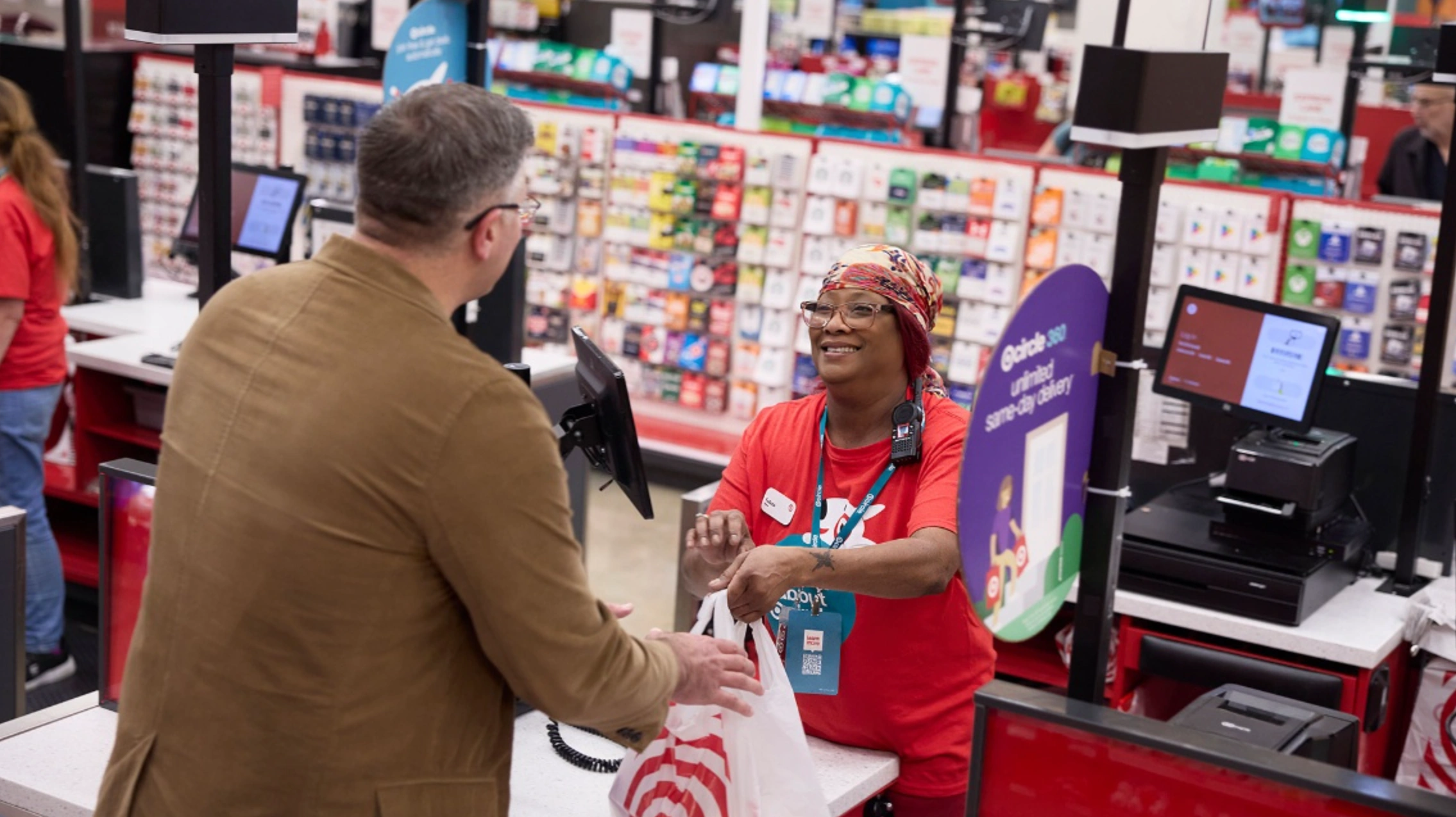
2) Loyalty spine: Target Circle and Circle 360 in every campaign
Target’s marketing strategy puts Target Circle at the center of value storytelling, while Circle 360 creates premium levers like early access to deals. Campaign copy, press materials, and store experiences routinely highlight membership to lift sign-ups before big events. This structure turns promotions into CRM moments and first-party data capture that fuel retargeting. It’s a practical read on Target’s marketing strategy: make every sale a membership accelerant. (Target)
- Early access and in-store surprises are used as conversion hooks.
- Circle integrates across app, email, and on-site “Deal of the Day.”
3) Circle Week (Oct 5–11): the fall tentpole
The October Circle Week was billed as the biggest yet, with 40%-off Deals of the Day, national brands like Apple and GE, and Circle 360 early access. The event doubles as a content cadence—daily drops that keep Target marketing campaigns in newsfeeds all week. It also creates in-store surprise moments that make membership feel tangible beyond the app. This is classic Target’s marketing strategy: program urgency, talk to members first, and scale across channels. (Target)
- Daily deal rhythm = repeat traffic and refreshable PR hooks.
- Member-first positioning is explicit in the announcement.
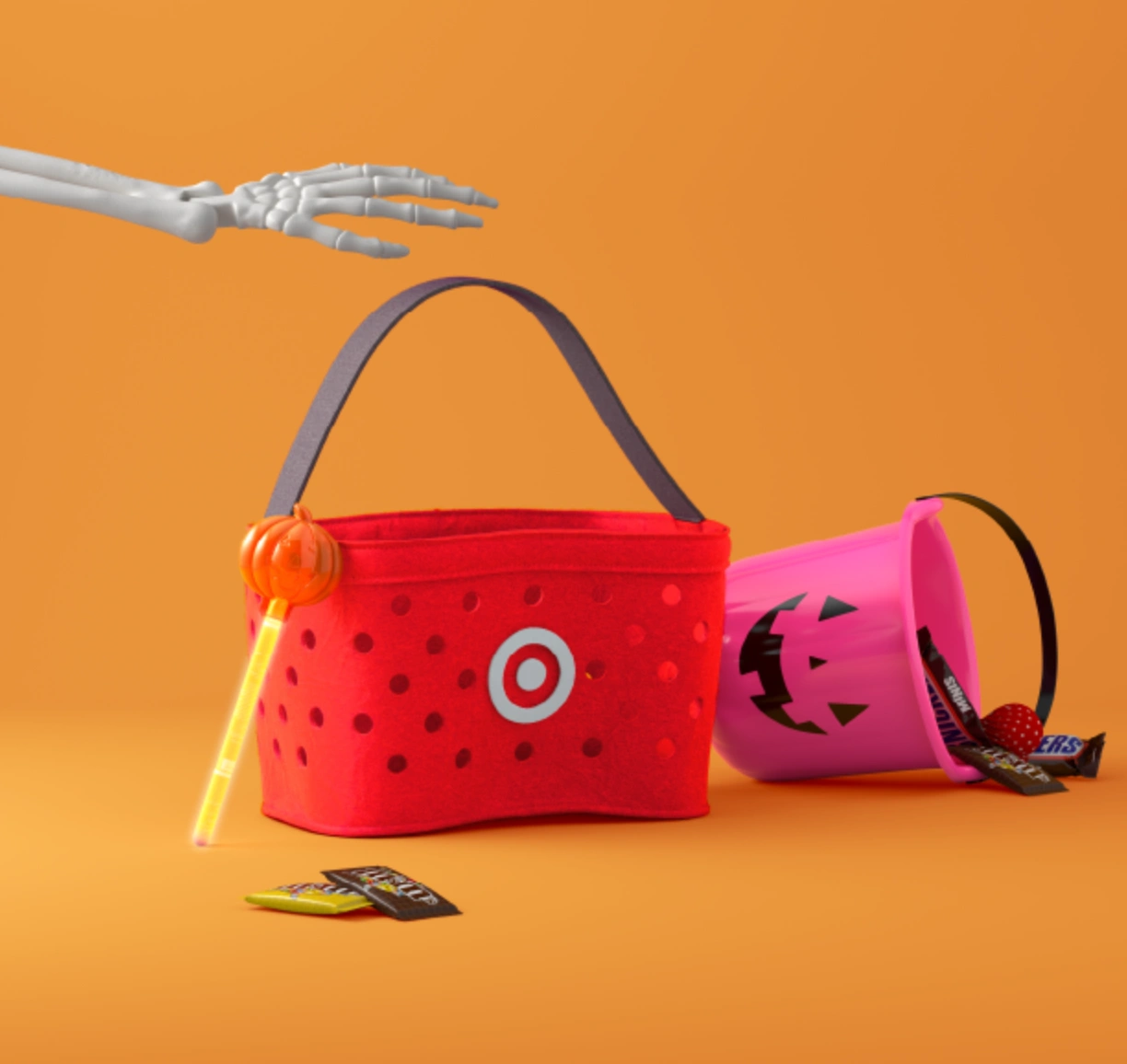
4) Back-to-School-idays (Jul 27–Aug 2): mid-year demand engine
The summer Back-to-School-idays savings event concentrates value on kids, teens, and college with week-long promotions and select personalization services. It extends the Circle Week playbook into July, ensuring sustained momentum ahead of fall. Retail media and creator content then amplify list-building and dorm checklists. For 2025, this slot is a structural pillar in Target marketing campaigns, not a short promotion. (Retail Dive)
- Bridges summer lull to August traffic with family and college needs.
- Repeats urgency + membership pattern used later in Q4.
5) Holiday press hub: one command center for Q4
Target publishes a Holiday 2025 Resource Hub that compiles fact sheets, promo calendars, and “ways to save,” so editors, creators, and shoppers pull from a single source of truth. This newsroom model turns each update (toys list, Circle Week, delivery windows) into a fresh earned-media touchpoint. It’s operational PR: a living content stack that supports the marketing strategy of Target in 2025 through December. Centralization also shortens the distance between corporate news and store-level execution. (Target)
- Reusable assets simplify amplification across partners and press.
- Keeps app, site, and store messaging aligned in real time.
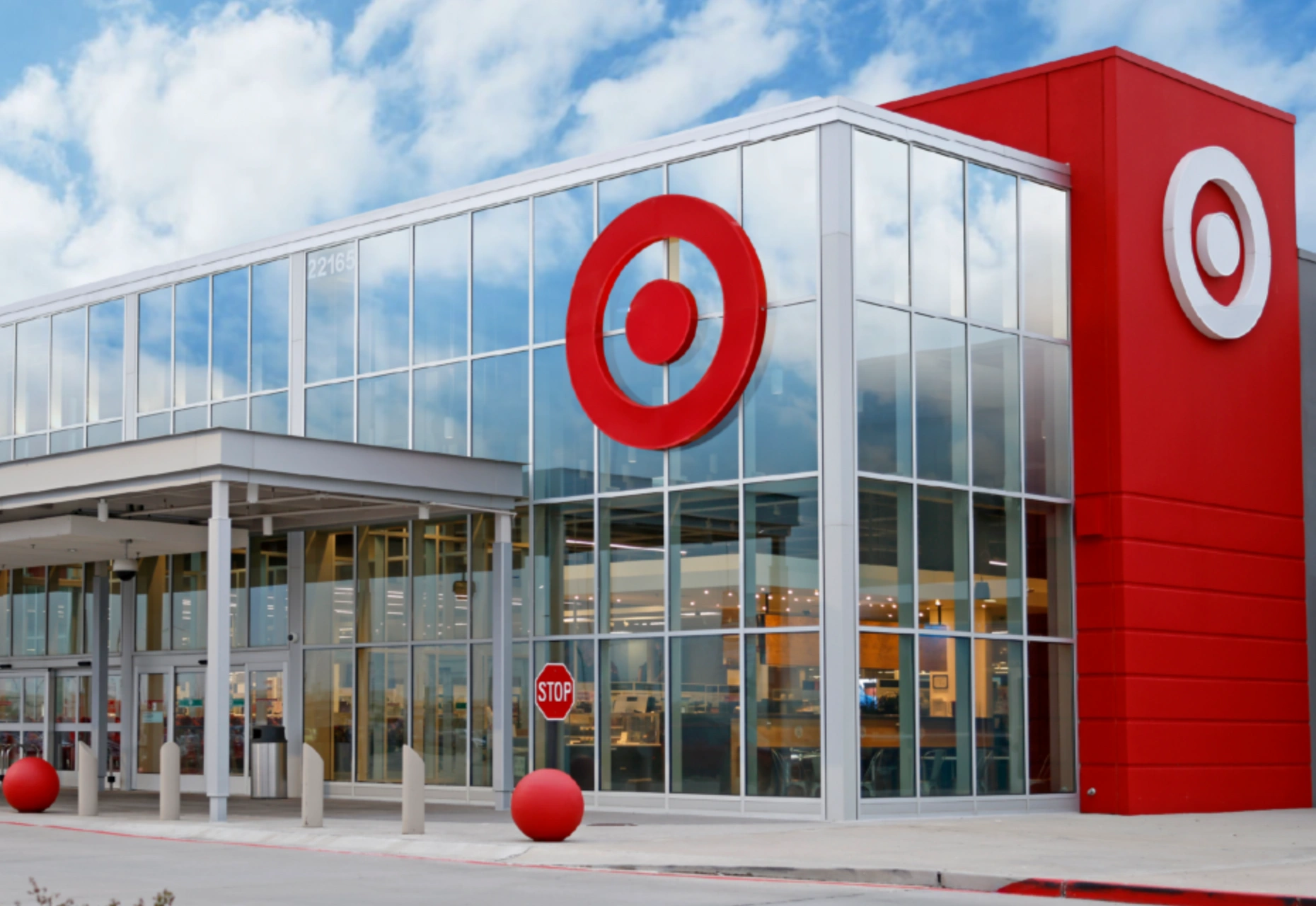
6) Holiday merchandise story: 20,000 new items, gifts from $5
For Q4, Target announced 20,000 new items and “thousands of gifts starting at $5,” pairing breadth with entry-price headlines. That assortment story is the editorial fuel for Target marketing campaigns across email, app, and social—easy angles for gift guides and creators. It’s also a price-value proof point that complements premium Target collaborations later in the season. The message is consistent: style plus savings, widely available, right now. (Target)
- Broad newness + low entry price = sharable talking points.
- Supports search interest for “deals” and “gift” queries in Q4.
7) Target collaborations: Woolrich x Target leads 2025 drops
Target collaborations headline the calendar because they travel in lifestyle media and TikTok. Woolrich x Target launches Oct 18 with 100+ products across apparel, home, outdoor, and even food & beverage—heritage credibility meets mass reach. The creative approach favors lifestyle storytelling and creator seeding over static look-books, which keeps feeds fresh. In 2025, Target collaborations are a brand-heat engine built into Target’s marketing strategy, not occasional surprises. (Target)
- Heritage partner broadens audience beyond core décor/fashion.
- Multi-category assortments maximize in-store and dot-com discovery.
8) Owned-brand halo and media proof (Magnolia examples)
During Circle Week, lifestyle media showcased deals across Hearth & Hand with Magnolia, reinforcing how owned brands ladder into event storytelling. This earned coverage validates the “only at Target” identity—style and value that are easy for editors to feature. It also shows the flywheel: a tentpole triggers roundups, roundups drive search and app traffic, and the app feeds CRM. Target marketing campaigns are built to invite exactly this kind of amplification. (People)
- Owned brands + tentpoles = repeatable earned-media format.
- Earned lists create low-CPC traffic back to the app and PDPs.
9) Retail media network (Roundel): AI and $2B value
Roundel introduced AI-driven offsite analysis to optimize how brands use Target’s first-party data beyond Target.com. Trade coverage also pegs the unit’s delivered value near $2B, underscoring how media monetization funds sharper consumer pricing and content. Roundel is therefore both a P&L line and a targeting asset within Target’s marketing strategy. It ties ad partners, search demand, and store traffic into one measurable loop. (Marketing Dive)
- Retail media dollars offset promo pressure while improving precision.
- AI tools push more spend into measurable offsite inventory.

10) Marketplace flywheel (Target Plus): more brands, more co-op
Target is scaling Target Plus, its invite-only marketplace, from roughly $1B to a $5B business within five years. More third-party brands expand choice and introduce fresh co-op budgets that Roundel can activate. That combination turns assortment growth into marketing firepower, especially around Q4 discovery. It’s a structural pillar beneath the marketing strategy of Target in 2025. (Digital Commerce 360)
- Marketplace scale = new ad budgets + new audiences.
- Curated model protects the “only at Target” feel.
11) Experience design as news: accessible self-checkout
Ahead of the holidays, Target launched a first-of-its-kind accessible self-checkout co-designed with the blind community (tactile controller, audio prompts). The story plays double duty: it earns coverage and improves conversion for guests who rely on accessibility features. Experience releases like this are now part of Target marketing campaigns because they create brand goodwill and real utility. It’s values-based identity, but measured in traffic and satisfaction. (Target).
- Productized accessibility becomes a differentiating headline.
- In-store signage and social demos extend reach beyond PR.

12) Earned-media flywheel during tentpoles
During Circle Week, mainstream outlets pushed multiple “last-chance” and “best deals” roundups—evidence that the format reliably earns placements. That predictable rhythm keeps Target’s marketing strategy in public view without paying for every impression. It also nudges late-cycle shoppers into membership to unlock pricing. The lesson: tentpoles are designed for repeatable, low-friction coverage. (People)
- Scarcity (“ends tonight”) headlines drive final-day surges.
- Category-specific lists (LEGO, home) broaden audience reach.
FAQ
What are the core pillars of the marketing strategy of Target in 2025?
Membership-led value, programmed tentpoles, marketplace expansion, retail media monetization, and culture-driving Target collaborations.
Which Target marketing campaigns anchor the calendar?
October Circle Week and the July Back-to-School-idays event bracket fall with member-first mechanics and daily content drops that sustain attention.
How do Target collaborations fit into Target’s marketing strategy?
Drops like Woolrich x Target add heritage cachet and multi-category newness that travel in lifestyle media and TikTok, complementing owned-brand features during tentpoles.
What role do Roundel and Target Plus play in marketing outcomes?
Roundel converts first-party data into performance media and delivers ~$2B in value; Target Plus expands assortments and co-op budgets—together multiplying the impact of Target marketing campaigns.
Where can I track holiday updates and offers in one place?
Target’s Holiday 2025 Resource Hub aggregates toy lists, savings guides, and delivery windows so updates translate quickly into content and store execution.
Target’s Marketing Strategy in 2025
Target’s marketing strategy in 2025 is a coordinated system: a funded growth plan, loyalty mechanics embedded in every promotion, calendarized tentpoles that invite coverage, and retail-media and marketplace flywheels that pay for precision and newness. Target marketing campaigns are built to be repeatable and scannable—daily drops, member-first perks, and giftable price points—so they travel across press and creators. Target collaborations then add cultural voltage that keeps the brand top of mind without abandoning value. Read together, those moves explain how the marketing strategy of Target in 2025 turns moments into momentum.


